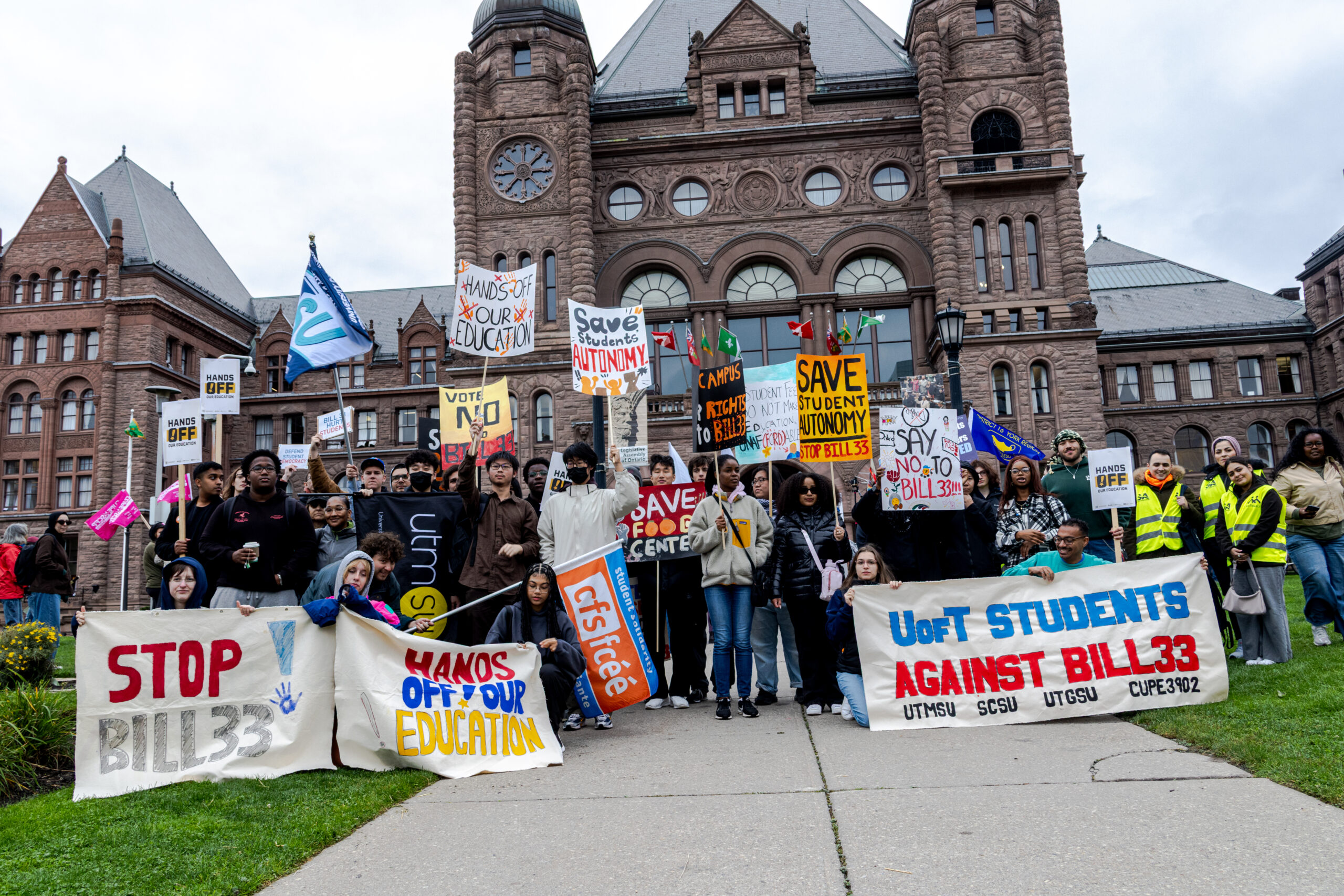Commitment follows letter from Toronto Public Health on how colleges and universities can address overdose crisis
Once a protocol is in place, staff at George Brown College will be allowed to administer naloxone, a drug that reverses the effects of an opioid overdose.
While the protocol might take some time to develop, the commitment to add naloxone treatment in the case of an overdose marks a change in the college’s policy.
As recently as Oct. 24, a spokesperson from the college said that no George Brown staff were permitted to administer the anti-overdose drug, even with staff from first-aid and student life trained to do so.
Catherine Drum, the college’s interim manager of environmental health, safety and wellness, said that until the protocol for administering naloxone is in place, staff who might treat an overdose with the drug would be acting as individuals.
“Anybody can intervene at this point, it just won’t be on behalf of the college,” she said. “It’s not like we wouldn’t do anything, if security or first-aid staff come into contact with somebody experiencing an overdose.”
Drum added that the college already has highly trained response staff, and having naloxone will be “another tool in the tool box.”
The college’s announcement follows a letter sent by Toronto’s medical officer of health to post-secondary institutions on how they can help address the overdose crisis.
In the letter, dated Oct. 20, medical officer Dr. Eileen de Villa said that colleges and universities can encourage staff and students to get naloxone kits and training on how to use them.
Additionally, de Villa suggested providing substance use and overdose prevention education to staff and students in a factual and approachable way, as well as conducting an organizational overdose risk assessment to “determine the response level appropriate to your organization.”
The letter included a risk assessment tool with a “decision support algorithm” to determine how likely it is that someone might have an overdose in the organization’s space, or the possibility of staff encountering a person having an overdose.
If these scenarios are likely, it was suggested that the organization consider having an adequate supply of naloxone on hand and training staff on how to administer it.
“We’re a downtown campus, we’re right downtown, so it makes sense if we at least have the ability to respond in that way,” said Drum.
Drum is also designing a George Brown-specific training for staff on the steps for administering naloxone.
She explained the person would have to be unconscious, and an overdose suspected before staff would administer the anti-overdose treatment.
“In some cases it would be very obvious in other cases it might not be obvious, so you have to have a check list that you go through.”
According to data from Health Canada, at least 2,816 people had apparent opioid-related deaths in 2016, with 865 occurring in Ontario. The health agency estimates that 602 people died of opioid-related from January until March of this year.
Between 2004 and 2014, opioid overdose deaths in Toronto increased by 77 per cent, according to Toronto Public Health.


